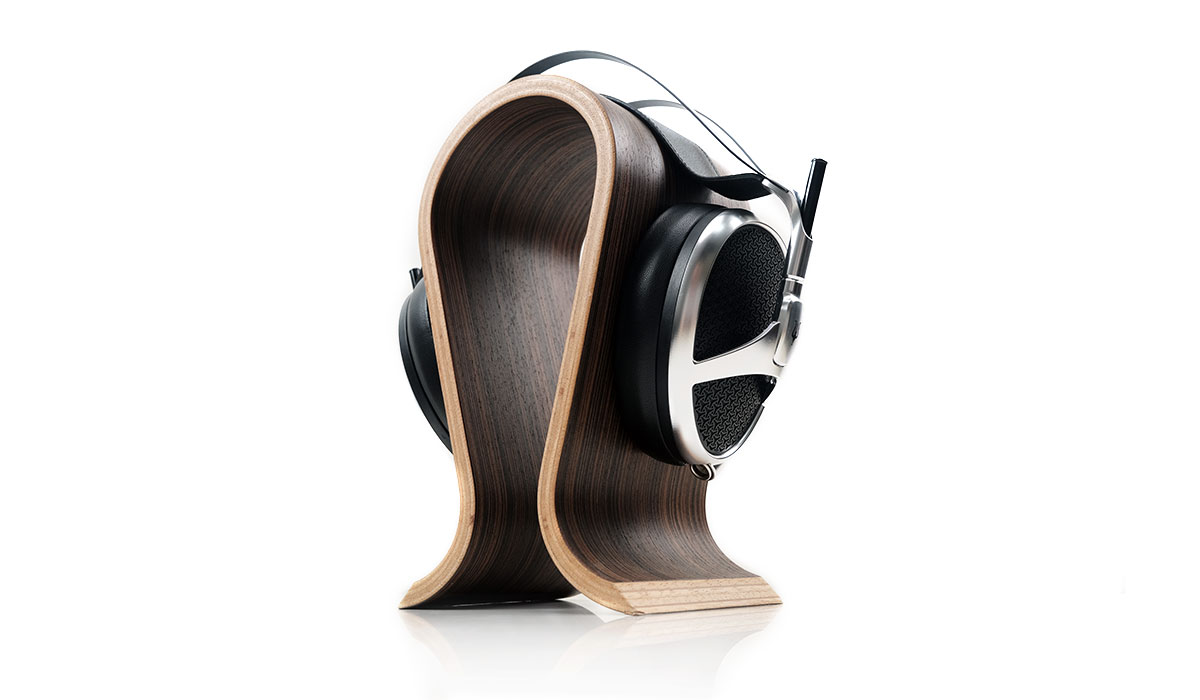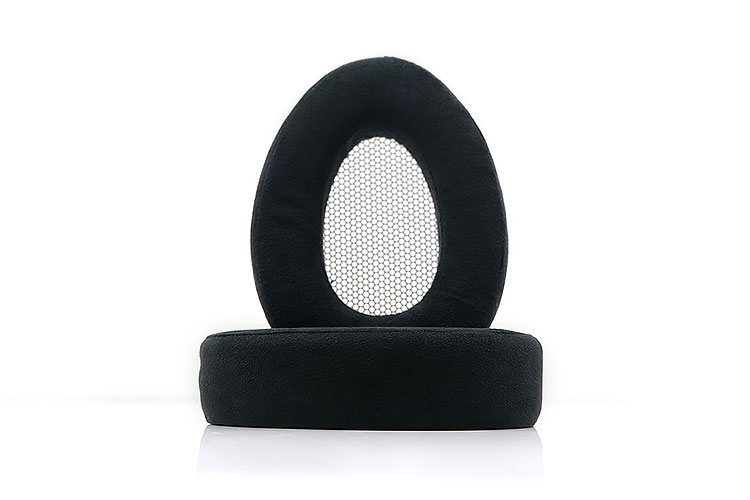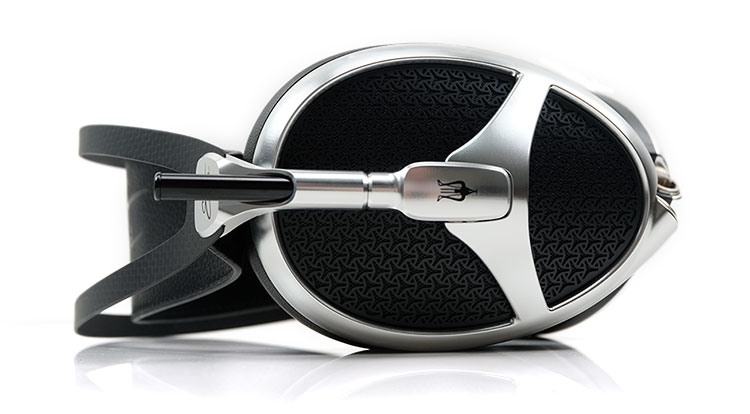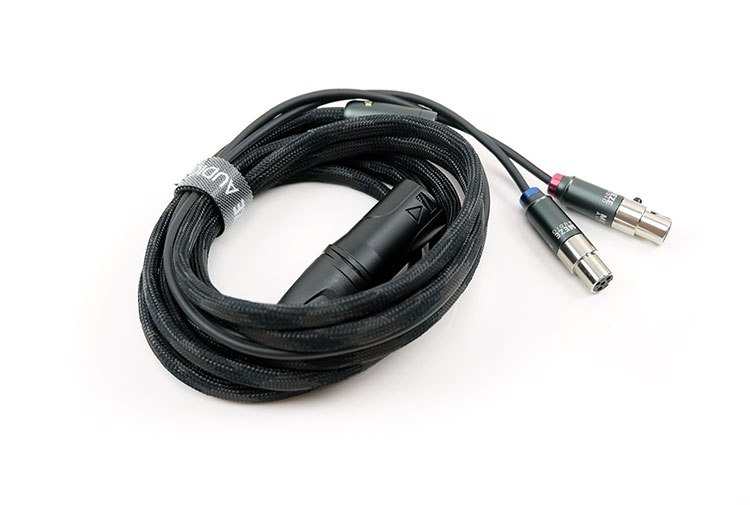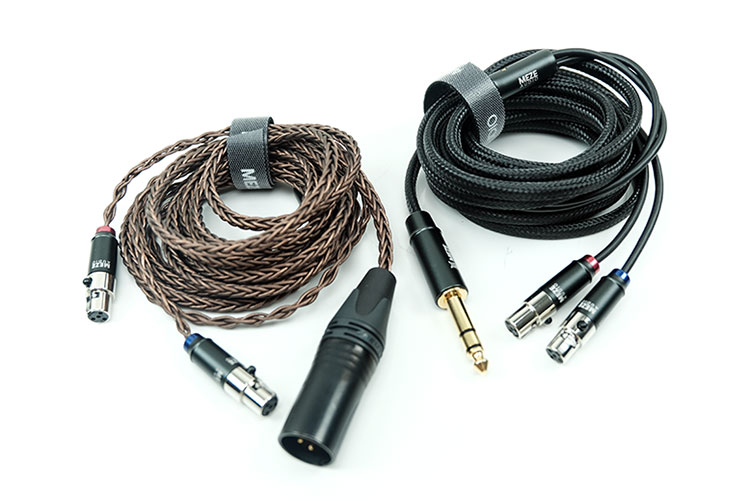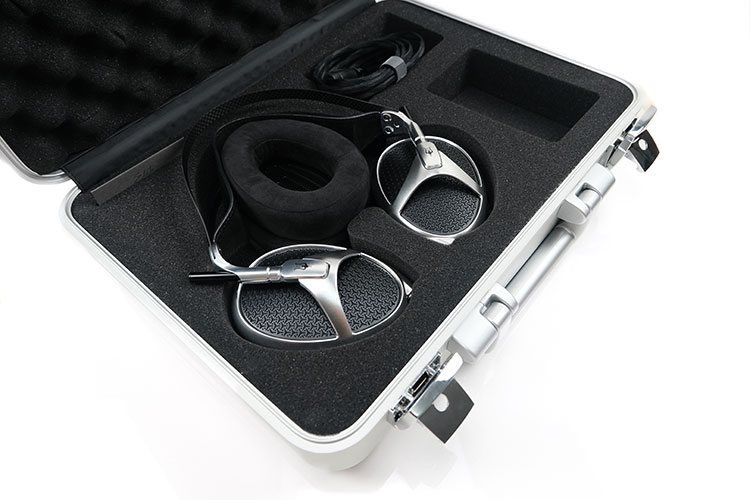The Meze Audio Elite is the company’s latest flagship open-back isodynamic hybrid array headphones featuring a new MZ3SE driver. It is priced at $4000.
Disclaimer: The Meze Audio Elite sent to us for this review is a sample in exchange for our honest opinion. We thank Meze for this opportunity.
To learn more about Meze Audio reviews on Headfonics you can click here.
Note, this 3-page review follows our new scoring guidelines for 2020 which you can read up on here.
Nothing stands still in this hobby so I was not surprised that 3 years after the launch of the Empyrean that Meze would return with a new high-end offering from their partnership with Rinaro Isodynamics.
After all, 2021 seems to be the year of the flagship with plenty of companies such as Audeze and DCA flexing their post-lockdown inventive muscle and launching high-end headphones.
For Meze, that means the new flagship Elite. A form factor not unlike the previous flagship Empyrean but with a more reference style of tuning and a superior level of resolution from an upgraded hybrid isodynamic array driver.
The price has gone up by $1000 but the new marker is not inconsistent with the current flagship headphone prices in 2021.
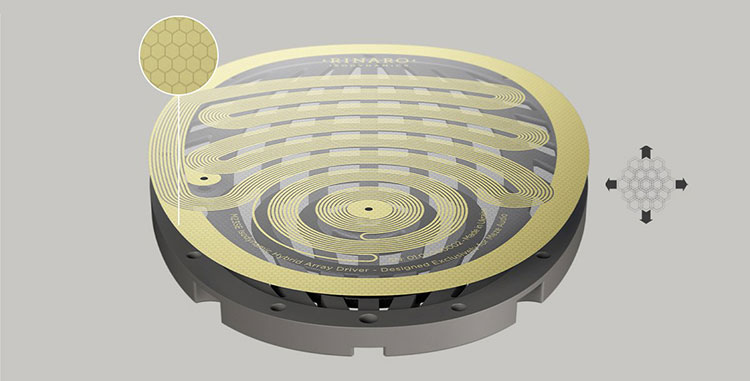
Tech Highlights
Shared Features
On a high level, the new Elite would seem not to be a radical break from the older Empyrean format.
It still uses an ovoid hybrid isodynamic array driver within an open-back circumaural design, complete with magnetic lined detachable earcups that act as a quasi-extension of the driver itself in terms of performance.
For those new to what a hybrid isodynamic array driver exactly is then there is a strong relationship with the more popular planar magnetic term used with the likes of the LCD-5 and Final’s D8000 Pro.
Unless an OEM, no two drivers are alike so in the case of the Empyrean and the Elite, the two unique aspects include the trace pattern design on the diaphragm and the magnet array is where the term hybrid comes from.
The diaphragm design is incredibly unique with a specific purpose in the shape and flow. This is a continuous trace but with two unique shapes. At the top, is a curved line switchback trace that focuses on the low-end delivery (bass) and the circular pattern at the bottom, is designed to focus on the mids and highs.
You will note the top and bottom positioning of each trace pattern. There is a reason for that with the bottom circular pattern delivering shorter soundwaves that have a tendency to diffuse quicker if delivered over a wider area. By positioning the circular pattern directly over the ear canal it should result in an improved mid-high frequency delivery and superior imaging.
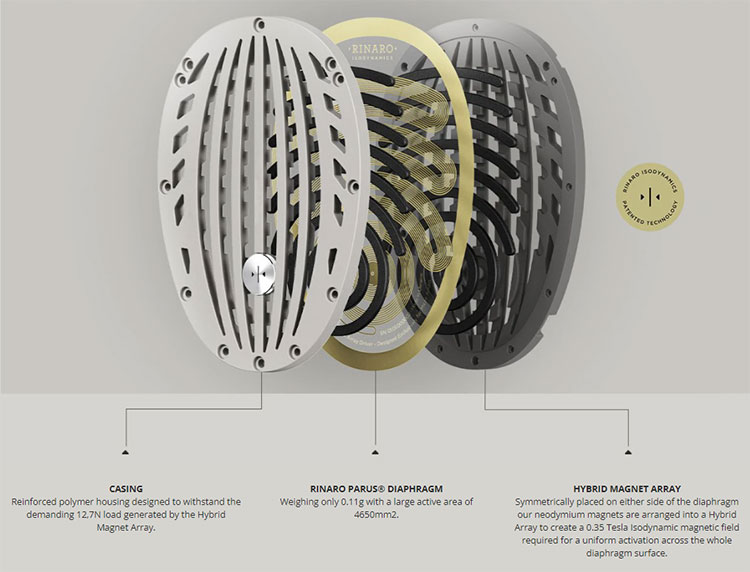
Hybrid Concept
The hybrid aspect of the design is all about the magnets and how they are arranged on either side of the diaphragm.
The symmetrical placement of the neodymium magnets on either side is to maximize the efficiency of the isodynamic magnetic field. Ideally, the diaphragm will operate in a uniform and consistent manner.
In the case of the Elite that means up to 0.35 Tesla for the Isodynamic magnetic field which is critical given the dual trace design of the diaphragm for both lows and highs requires a very coherent and even performance.
What’s Changed on the Inside?
Well, quite a lot actually with the Elite using a brand new diaphragm called Parus®. Gone is the original diaphragm’s custom-developed polymer and instead, we have film. Or more precisely, a low mass acoustic diaphragm built on an ultra-thin biaxially oriented semi-crystalline polymer film.
A semi-crystalline polymer film is not a new concept but what it does have and what allows Meze and Rinaro to work with it is excellent resistance to stress cracking and fatigue.
That durability feature comes in handy for the sequential biaxial lengthening, which is basically stretching the polymer in transverse, (perpendicular), directions at high-temperature points to achieve a stiff but stable low-mass semi-crystalline microstructure.
Combined with the dual coil array the new diaphragm should improve on the Empyrean’s ability in terms of resolution and transient response to create an accurate reference sound signature Meze wanted to achieve with the Elite.
What’s changed on the outside?
New pads and that’s important because with the Empyrean the choice of two pads meant two sound signatures.
They still work as before housing an isodynamic magnetic alignment system that forms part of the final tuning and performance of the hybrid diaphragm rather than just providing the usual seal and comfort.
However, this time we have the Alcantara deeper 30mm pads as before from the Empyrean set and a new hybrid leather and perforated Alcantara slimmer 25mm version developed by Rinaro. The older pure leather pads from the Empyrean are not included but if you have the Empyrean and are partial to them you can attach the pads to the Elite and they will fit.
Design
Meze has not tinkered too much with the Elite design which is a damn good thing because I adored the original Empyrean design. That means the Empyrean form factor, similar comfortable weight (430g), but with a different color scheme and some different but nuanced finishing accents.
Gone are the original darker black and copper designs to be replaced by an equally smooth but brighter silver-finished CNC aluminum frame with ‘Elite’ signature accents on each side of the pivot rod. The pivot rod has also been changed from an aged copper on the Empyrean to a pure black to compliment the Elite silver frame.
The final aesthetical change is the branding on the ‘patented suspension wings design’ leather strap with the Elite signature replacing the previous Empyrean logo.
Everything else stays almost the exact same. That means those beautiful ovoid-shaped cups with the flawless quasi-Persian intricate dark grill pattern and the super-light carbon fiber headband frame.
One small note on the grill aesthetic is the hue color. It seems a little lighter compared to the Empyrean but I suspect this is the new driver material color shining through giving it a little bit of sparkle under certain lighting conditions.
Also, the cup rings still house that cleverly extended shape and flow on the outside of the faceplate to smoothly incorporate the gimbal and pivot system. The gimbal is actually shaped much like the triangular cuts on the grill and feels quite integrated rather than sticking out in a jarring dysfunctional fashion.
The entire pivot system can quietly swing 360-degrees on the rod at the top giving it a fantastic level of lateral articulation. Like the Empyrean, the vertical is a little more restrictive with just a little bit of movement. However, the supplied pads are supple enough to compensate.
Comfort & Isolation
At 430g there are lighter planar headphones on the market in 2021 but in all honesty, very few of them come close to the balanced comfort of the Elite.
Meze has done an excellent job with their suspension wings design leather strap with the Empyrean so it’s no surprise the Elite performs really well with just the right blend of lateral and vertical pressure distribution.
The contoured wide leather headband dissipates unwanted small vertical pressure contact points really well on the top of your head. You are highly unlikely to get distracting pressure hotspots on the top of your head with the slightly relaxed lateral clamping force mitigated by the supple wide surface contact point of the detachable ovoid pads.
That being said, you might notice a different feel to the Elite on your head compared to the Empyrean and that is down to the new hybrid pads being a little thinner at 25mm compared to 35mm on the older stock versions and with a wider inner cavity.
The Elite Alcantara pads are deeper and the inner narrower so the feel and fit will be the exact same as the Empyrean but with the spacious hybrids, they sit just a little lower, and consequently the base of the pads also sit a little lower on my jaw and your ear a little closer to the driver.
Stock Cable
As standard, the Elite comes with a nylon-jacketed OFC cable in variable lengths which you can select at the checkout.
These range from 2.5m for home use to 1.5m for something a bit more portable along with multiple jack terminations including 4-pin XLR balanced and 6.35mm and 3.5mm TRS single-ended. All the cables are terminated with mini-XLR connectors with some really nice left-right red and blue finishing on the rear barrel exits.
The stock cable handling is a little on the stiff side and unwound it does have a little memory retention with the odd bend and loop here and there. However, it is not a noisy cable and not terribly heavy and more suitable for home use for me.
Upgrades
Meze does offer two specific upgrade cables for an additional fee and this is where my preference goes in terms of finishing and handling, not to mention performance capability. Both are Furukawa PCUHD upgrade cables with one being a copper wire and the other a silver wire.
The Furukawa PCUHD copper version is priced at $349 and an SPC variant is $499. The two cables come in multiple lengths and terminations including a 4.4mm Pentaconn balanced choice.
The one we have here since the Empyrean review is the 1.2m copper version. The cable has a darker aesthetic than the silver-plated alternative but they should handle in much the same manner given their similar strand counts and TPD jacketing.
In short, I prefer the performance of the copper version as well as its build and handling. Compared to the flatter build of the stock copper cable is much easier for handling and to be honest, I use it 100% of the time because of that.
Left and right markings on the mini-XLR connectors for the Furukawa alternative are also easily distinguishable with the same red and blue rings as the stock cable. The XLR plugs on the other end are some good quality Neutrik plugs which I use on quite a lot of aftermarket cables here in the office.
Packaging & Accessories
The Elite packaging is unchanged since the Empyrean except for a new lighter silvery finish to the excellent element-resistant key-locked aluminum travel case.
There was a slight running production change around late 2018 or early 2019 to this case design to give it a slightly deeper profile to give the carbon fiber headband design a bit more room to breathe.
Apart from that, the inner looks and outer briefcase form factor are the exact same. That means plenty of protective foam for the Elite headphones and space for the additional pads alongside two side compartments for the stock cable and additional upgrade cable if so ordered.
Click on page 2 below for sound impressions and pairings
Click on page 3 below for select comparisons

